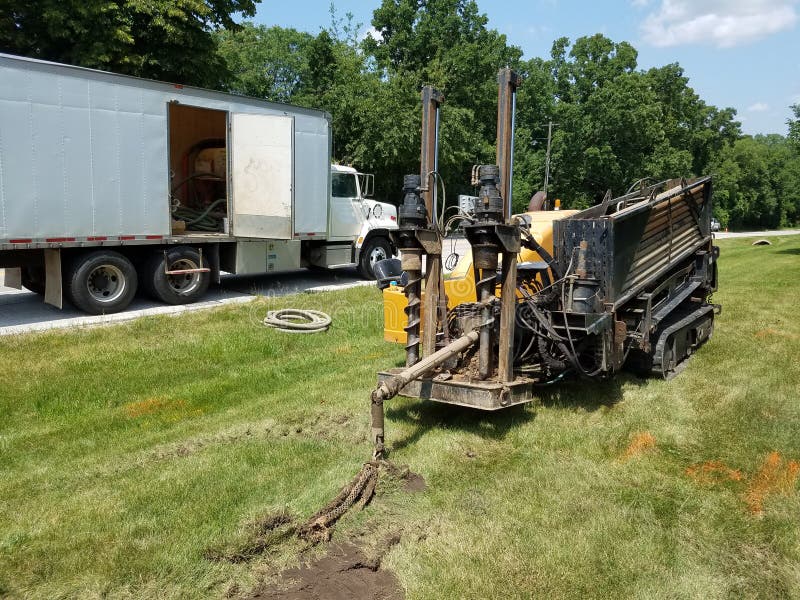With its more affordable and effective substitute for conventional excavation techniques, directional drilling has transformed plumbing projects. Many plumbing projects now choose this method since it lets plumbers install pipelines with the least disturbance to the surface. It is the perfect answer for different plumbing projects since it drastically cuts the time, effort, and tools needed for trench excavation. Discover more about directional drilling for underground installations.
Lower Materials and Labour Costs
The cut in labour and material costs of directional drilling is among its most important cost-saving features. Large teams of traditional trenching are needed to do substantial excavation and restoration tasks, hence increasing expenses. Still, since the subsurface drilling technology conducts most of the work, directional drilling reduces the requirement for manual labour. Reduced workers required causes the general cost of labour to drop, which helps to save money.
Also, directional drilling minimizes unwanted surface disturbance, therefore reducing the need for materials to repair sidewalks, roads, or landscaping once the project is finished. This lowers the project’s total cost still more.

Project Cost Reducing Time Efficiency
Plumbing projects can be finished in a fraction of the time needed for conventional excavation techniques thanks to directional drilling. Faster completion times, less downtime, and less disturbance of daily operations follow from the efficiency of the drilling operation. Because the installation can take place without waiting for the restoration of surfaces, this result in reduced labour and project duration expenses.
Moreover, faster project turnaround lets contractors go on to other activities sooner, therefore enabling them to accept more jobs. For clients as well as contractors, this higher degree of efficiency offers better value for money. Learn more about directional drilling for underground installations.
Extended Financial Returns
Although starting a directional drilling project could have more beginning expenses than conventional techniques, over time the savings are really significant. Reducing the necessity for significant surface restoration and excavation helps the project’s total cost to be lowest. Moreover, directed drilling usually results in fewer problems following the installation, thereby saving future maintenance expenses.
Since the pipes erected by directional drilling are less likely to need repairs or replacements, their durability and precision help to save money over time. For both home and business plumbing projects, this makes it a quite reasonably priced fix.
Particularly considering the long-term savings in labor, material, and maintenance costs, directional drilling for subterranean installations offers a sensible and reasonably priced substitute for conventional trenching techniques.
